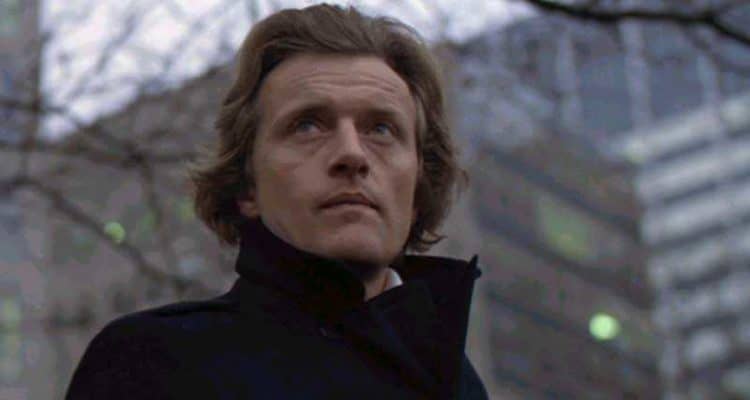Rutger Hauer passed away recently in the Netherlands, where he was born and raised and first became the electrifying movie star we know him to be. The news of his death cuts deep for movie lovers everywhere. Surely, we thought, this cannot be real. Through his incredible performances and thoughtful dissections of his work in interviews, it seemed he would live forever, or at least well into his twilight years. He was only 75. He was still acting. Clearly, he had more to give.
After a string of stunning collaborations with fellow Dutchman Paul Verhoeven in the Netherlands (Turkish Delight, Soldier of Orange, Spetters) Hauer embarked on a career in Hollywood, first appearing in an American film in 1981, with the criminally underrated gritty New York City thriller, Nighhawks. Sylvester Stallone and Billy Dee Williams play NYPD detectives trying to capture international terrorist Wulfgar. (Hauer). Hauer's chillingly charismatic and fascinatingly complex performance leaves an indelible impression. It's a searing, star-making performance.
Next came the role for which he would forever be remembered, as replicant Roy Batty in Ridley Scott's highly influential science fiction masterpiece Blade Runner. Once again, he dominates the screen every time he appears, imbuing Batty with an uncanny humanity that belies his replicant roots. As impressive as he is in the film, it's his final, heartbreaking moments that elevate the performance into the mythic realm. With Batty's final, dying breaths, Hauer unleashes one of the most famous monologues in cinema history. Originally much longer on the page, Hauer improvised and rewrote much of it, distilling it down to its essence:
I've seen things you people wouldn't believe. Attack ships on fire off the shoulder of Orion. I watched C-beams glitter in the dark near the Tannhäuser Gate. All those moments will be lost in time, like tears in rain. Time to die.
The power and clarity of Hauer's words and the aching humanity in his voice is simply devastating. As Hauer noted in an interview, these final lines showed that Batty wanted to "make his mark on existence ... the replicant in the final scene, by dying, shows Deckard what a real man is made of" It's a stunning soliloquy, one with few peers in the annals of movie history.
Hauer went on to make films across a wide array of genres, including romantic fantasy (Ladyhawke) horror (The Hitcher), exploitation (Split Second, Blind Fury) and big-budget comic book movies (Batman Begins, Sin City). No matter the quality of the film or whether he was playing a hero or a villain, Hauer brought his trademark intensity to every role. That's what makes this loss even more crushing for film fans: Hauer had few equals when it came to his passionate intensity and commitment to the material.
Hauer's lengthy and wide-ranging career stands as a testament to his unique and extraordinary talents. Thankfully we'll always have that body of work to remember him by, but it's terribly sad today to realize he won't still be out there, lighting up the screen, a mischievous glimmer in his eyes, revealing the magic he could conjure up with just a look, a glance, or a few powerfully spoken lines of dialogue. His work in films like Blade Runner, Nighthawks, and Ladyhawke shaped some of my earliest cinematic impressions of what a great actor looked and sounded like. He added layers upon layers of depth to his characters, painting richly evocative performances that were impossible to forget. I've certainly never forgotten them.
Rutger Hauer was truly one of the greats. May he rest in power.



Great tribute to the man. He will be missed but his work will live on.
ReplyDelete